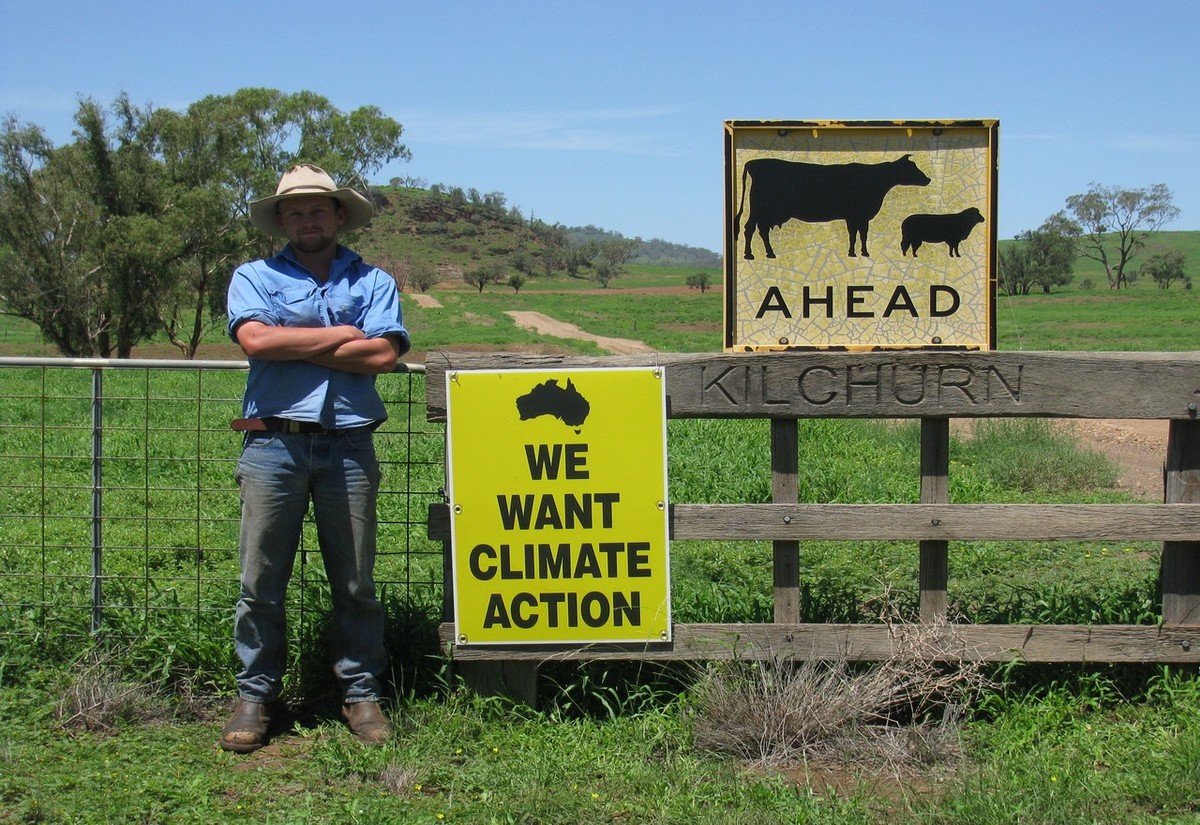Australia's journey towards net zero disrupted by new report
Laura Williams
06 November 2021, 2:15 AM
 Mullaley farmer Tom Anderton protecting his property 'Kilchurn'.
Mullaley farmer Tom Anderton protecting his property 'Kilchurn'. Last week, the Australian Government scrambled to reach a climate strategy to present at COP26, the 26th United Nations Climate Change Conference that is being held in Glasgow over the next two weeks. As the conference continues, a new report outlining over 100 plans that the Government is considering has drawn questioning of the nation’s new commitment to net zero emissions by 2050.
Of those projects under development, 44 are new gas and oil endeavours, which is equivalent to Australia’s entire current gas production, according to a recent report release by The Australia Institute. One of which, is the contentious Narrabri coal seam gas (CSG) projects, which has seen local communities gather in a dispute lasting for over a decade.
Like any fossil fuel venture, the Narrabri CSG project has been underpinned by the economic prosperity it offers in local employment and payments to landholders, and on a much wider scale, national exports.
Following last year’s approval of the project from the NSW Independent Planning Commission and the dismissal of an appeal to overturn the approval led over the last two months, north west farmers and others opposed to the project say that the new commitment from government is at odds with the Narrabri CSG project.
Santos’ Moomba carbon capture and storage project, located in South Australia, is part of the technology that is underpinning the Government’s commitment. While the Moomba plant is expected to sequester 1.7 million tonnes of carbon each year, it is projected that the Narrabri CSG project will produce 5 million tonnes of carbon each year.
North-West Lock the Gate Coordinator Margaret Fleck says that public money is being spent on what history has shown to be an unreliable and difficult technology.
“There are so few successful examples of carbon capture and storage. The Chevron plant in Western Australia was announced over a decade ago. Based on what the vision was compared to what they’ve actually achieved, it falls well short of what they promised to the regulators in WA.” Mrs Fleck said.
On a global scale, Australia’s display of Santos’ Moomba at the COP26 summit has been criticised around the world for promoting a gas giant.
Back on home soil, Mrs Fleck says that locals haven’t stopped in the charge against the Narrabri CSG project.
“As farmers, we assess risk all the time. We have climate change, we have the government making decisions that impact commodity prices, and we have governments from overseas that impact commodity prices. But we’re not prepared to accept the risk to the Great Artesian Basin that we all rely on,” Mrs Fleck said.
This week, the COP26 conference brought 190 countries and organisations to agree to shift away from fossil fuels and end their investment in coal power domestically and internationally.
According to the report, the proposed coal projects in Australia would double the current production levels. In addition, with the new gas and oil proposals, the projects would increase domestic emissions by 1.7 million tonnes annually, reaching around 5.3 per cent of current global emissions.
The Minister for Emissions Reduction Angus Taylor says that Australia is on track to reduce emissions by up to 35 per cent by 2030, above the target of 26 to 28 per cent.
"Australia will continue to build on our record of reducing emissions and achieve our targets in the Australian way," Mr Taylor said.
"This just facilitates the continuation of these fossil fuel projects," said Mrs Fleck.